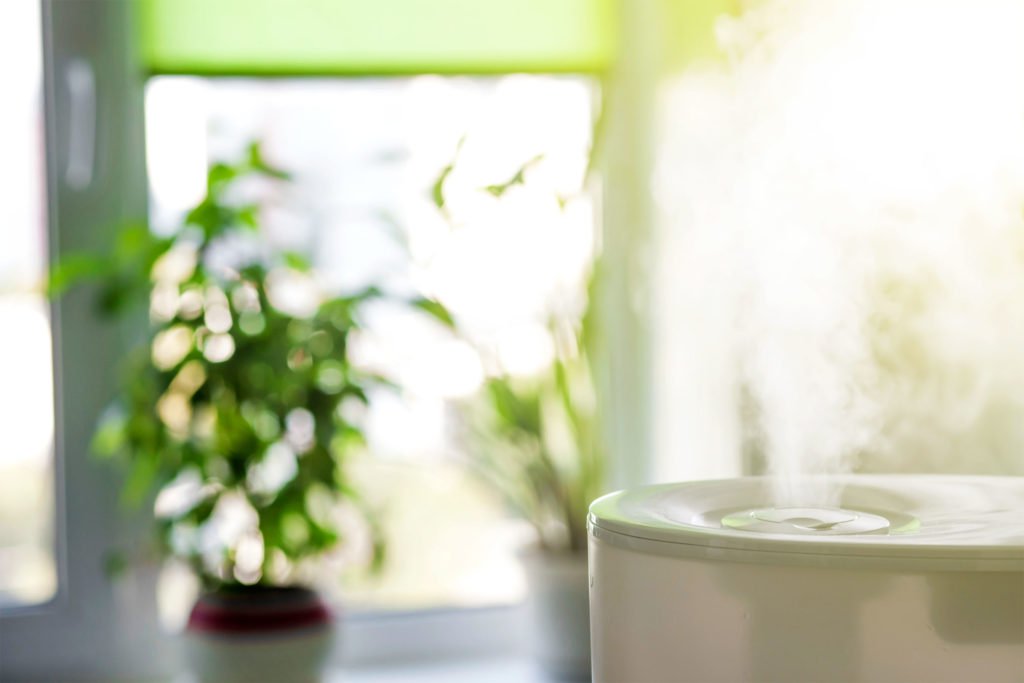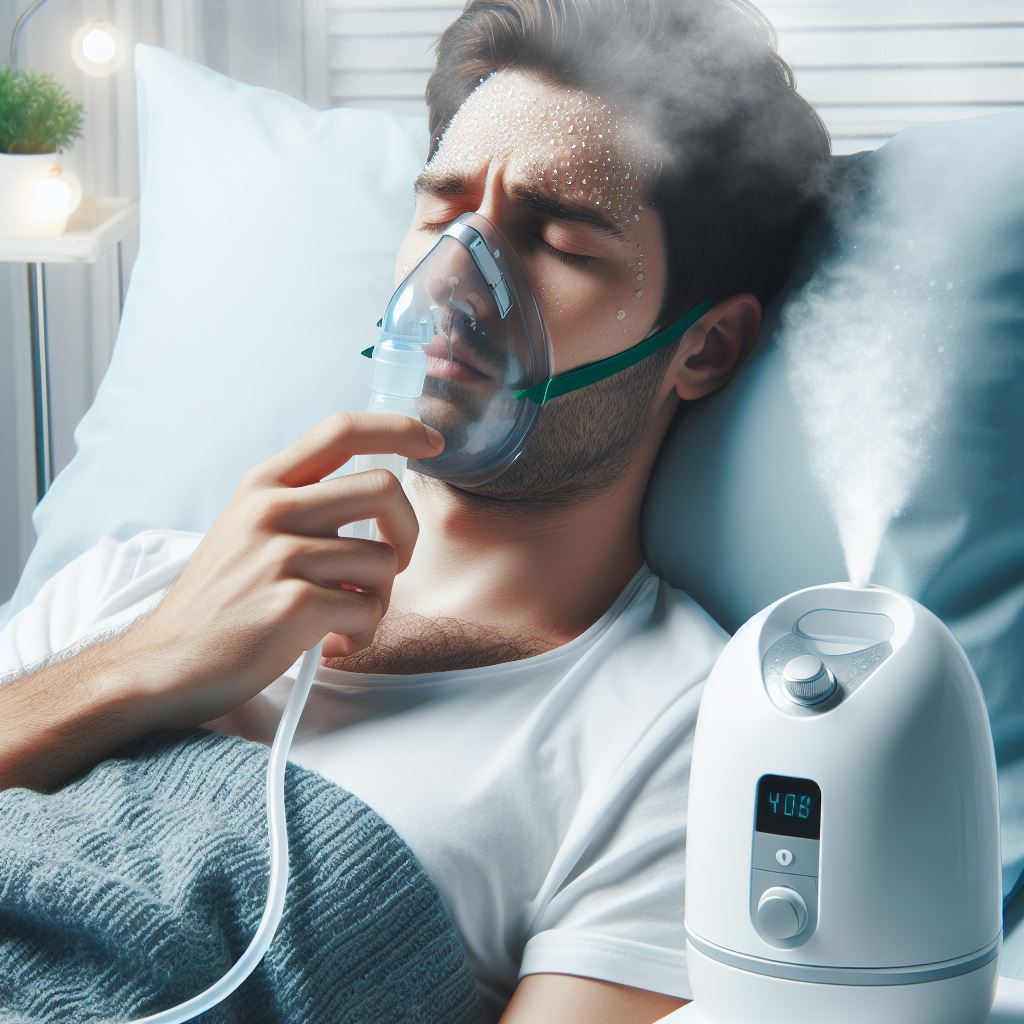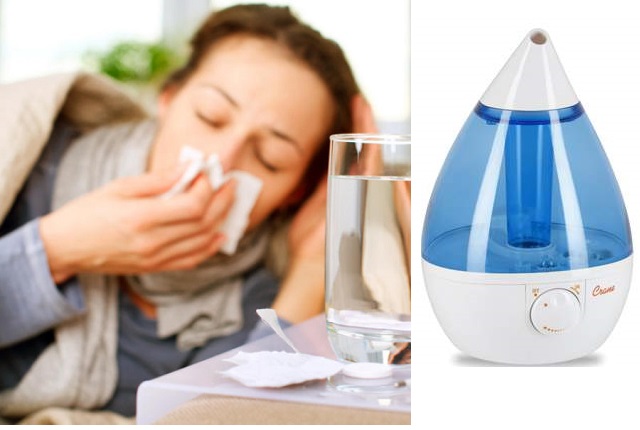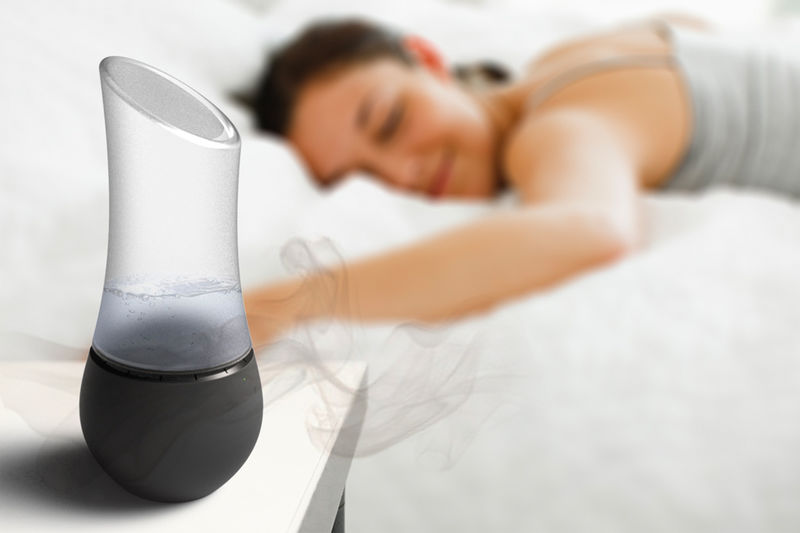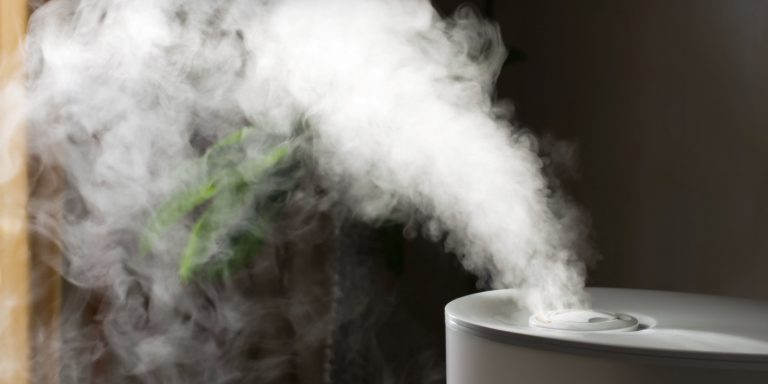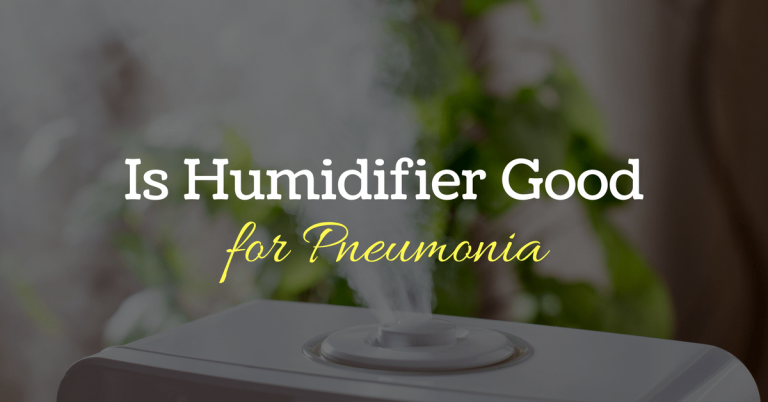Bronchitis Relief: How Humidifiers Aid Breathing
Struggling with bronchitis can feel like a never-ending battle for clear lungs. I’ve been there, and I know the discomfort of each breath. But what if I told you that a simple device could offer some relief? That’s right, a humidifier, a staple in many households, could be a game-changer for your breathing woes.
In this article, I’ll dive into how using a humidifier can soothe the irritated airways of bronchitis sufferers. It’s not just about adding moisture to the air; it’s about creating an environment where your lungs can heal. Stick with me, and you’ll discover the science behind humidifiers and why they might just be the ally your lungs have been waiting for.
How Does a Humidifier Work?
When talking about alleviating bronchitis symptoms, understanding how a humidifier works is key. At its core, a humidifier adds moisture to the air by releasing water vapor or steam. This can significantly impact how we breathe, particularly when indoor air is dry.
There are several types of humidifiers, but they all serve the same fundamental purpose. Ultrasonic humidifiers use high-frequency vibrations to create a fine mist, which is then expelled into the room. Evaporative models, meanwhile, pull air through a wet wick filter, relying on a fan to evaporate the water into the air. Steam vaporizers heat water to create steam, which cools slightly before it leaves the machine.
The humidifier’s job is to maintain optimal humidity levels, usually between 30% to 50%, which can be monitored with a hygrometer. Maintaining this range has been shown to facilitate breathing, providing relief for bronchitis sufferers. High humidity can promote mold growth, while low humidity can exacerbate respiratory problems, so finding that sweet spot is crucial.
But it’s not just about pumping moisture into the air. A well-designed humidifier should distribute it evenly without creating condensation on surfaces, as that could encourage mold and bacteria growth—a no-go for lung health. Regular cleaning and maintenance are also crucial; otherwise, humidifiers can become a source of pollutants.
My experience with using a humidifier has taught me the importance of positioning. Placing it too close to your bed can lead to excess moisture where you don’t want it, yet situating it too far won’t provide the benefits where they’re needed. It’s all about balance and ensuring that the moist air is accessible without overwhelming the space.
The Benefits of Humidifiers for Bronchitis
Bronchitis, an inflammation of the bronchial tubes, often results in persistent coughing and difficulty breathing. Proper indoor humidity levels can make a significant difference for those struggling with this condition. By releasing moisture into the air, humidifiers help soothe irritated airways and can aid in reducing bronchitis symptoms.
Ease of Breathing
Dry air can aggravate the respiratory system, but a humidifier adds the necessary moisture that eases breathing. Inhaling humid air helps in loosening the mucus in the bronchial tubes, which facilitates a better expulsion of phlegm. This process not only assists in clearing the airways but also reduces the severity of coughing fits.
Reduced Inflammation
Moist air has a calming effect on the air passages, leading to reduced inflammation in the bronchial tubes. This relief is critical in helping to alleviate the pain and discomfort associated with bronchitis. With consistent use, a humidifier may help to significantly lessen the inflammation that’s central to the condition.
Improved Sleep Quality
Nighttime can be challenging for individuals with bronchitis, as symptoms tend to worsen when lying down. Humidifiers maintain optimal humidity levels that contribute to a more comfortable sleeping environment. Breathing in moist air throughout the night can improve sleep quality and provide the body with the rest it needs for recovery.
Prevention of Further Irritation
Maintaining the right humidity level with a humidifier is crucial to prevent the symptoms of bronchitis from worsening. Dry air can lead to further irritation of the bronchial tubes, but with the steady moisture provided by a humidifier, these aggravations can be kept at bay.
By adopting the use of a humidifier in your daily routine, you’re taking a step towards managing the discomforts of bronchitis. The consistent addition of moisture into your environment can aid significantly in breathing more comfortably, reducing inflammation, achieving deeper rest, and preventing the airways from becoming more irritated. Remember, achieving these benefits comes hand in hand with regular maintenance to ensure your humidifier remains a helper, not a hindrance, in your battle against bronchitis.
Moisture and Mucus Production
When it comes to managing bronchitis, understanding the role of moisture in mucus production is crucial. Bronchitis inflames the bronchial tubes and leads to increased mucus production. This can make breathing challenging, as the airways become clogged by the thick secretions. Fortunately, humidifiers play a key role in alleviating these symptoms by introducing moisture into the air.
By maintaining indoor humidity levels between 30-50%, a humidifier creates an environment that’s more conducive to respiratory health. Adequate humidity breaks down the mucus, making it less viscous and easier to expel. This not only facilitates easier breathing but also helps to clear mucus build-up, which is essential for bronchitis patients. Here’s how increased humidity helps with mucus production:
- Thins mucus for easier clearance
- Hydrates irritated airways
- Helps mucociliary transport system work efficiently
But it’s not just about adding moisture into the air; it’s also about ensuring the humidity is kept at an optimal level. Too much humidity can promote the growth of mold and dust mites, which can exacerbate respiratory issues. That’s why I recommend using a hygrometer, a handy tool that monitors humidity levels in your home.
In addition to using a humidifier, staying well-hydrated by drinking plenty of fluids can also help thin mucus, as the hydration from within complements the work of the humidifier. Remember, the consistency of your mucus can be a good indicator of the air quality and humidity levels around you. If mucus is persistently thick and sticky, it may be time to check the humidity level in your living space.
To prevent the aggravation of bronchitis symptoms, I always suggest cleaning and maintaining your humidifier regularly. This prevents the buildup of minerals and bacteria which can be dispersed into the air, ultimately counteracting the benefits of the humidifier. By keeping your humidifier in top shape, you ensure that the moisture it emits helps rather than hinders your bronchitis management.
Alleviating Coughing and Irritation
When struggling with bronchitis, one of the most persistent symptoms is a dry, hacking cough that seems to hold on relentlessly. I’ve found that using a humidifier can offer significant relief for this type of cough. Moistened air from humidifiers helps soothe irritated tissues in the throat and bronchial tubes, which can reduce coughing frequency and intensity.
In addition to easing coughs, the humidity created by a humidifier can alleviate throat irritation and the discomfort of breathing with bronchitis. The moisture works by coating the airways, which reduces the scratchy sensation that often triggers a cough. It also helps ease the general roughness in the throat that comes with inhaling dry air, especially during colder months or in arid climates.
The key here is to maintain a balanced humidity level in your environment. Too much moisture, and you might encourage the growth of mold and dust mites which can worsen respiratory issues. On the other hand, not enough humidity and your bronchial tubes may continue to be irritated. It’s a delicate balance, but with the help of a hygrometer to monitor the humidity, I’ve been able to keep my living space at an optimal 30-50% humidity.
Properly cleaned and maintained, a humidifier is a great ally in managing bronchitis symptoms. Let’s not forget that dry air can lead to the airways becoming more inflamed. By contrast, humidified air can reduce the swelling and inflammation in bronchial tubes, enabling a smoother and more comfortable breathing process.
Lastly, it’s important to use distilled or demineralized water in your humidifier. By doing so, you can prevent mineral buildup and the dispersion of these particles into the air. When these particles are inhaled, they can lead to further irritation of the airways. I always ensure I’m using the right type of water to help my body’s fight against the irritations of bronchitis.
Creating an Optimal Breathing Environment
Creating an optimal breathing environment is crucial for anyone dealing with bronchitis. I’ve found that controlling indoor air quality goes beyond merely using a humidifier; it’s about understanding and regulating the entire atmosphere of your home.
First off, air circulation is key. Stagnant air can harbor bacteria and viruses, exacerbating bronchitis symptoms. I ensure that my home is well-ventilated by occasionally opening windows or using air purifiers with HEPA filters to capture airborne irritants. It’s not just about adding moisture; it’s about ensuring the air that carries that moisture is clean.
Then, there’s the matter of temperature control. Bronchitis can be irritated by air that’s too hot or too cold, so I keep my space at a comfortable and consistent temperature. Typically, somewhere around 68°F (20°C) is recommended. Here’s what I’ve noticed about temperature and humidity levels:
| Temperature (°F) | Humidity Level (%) |
|---|---|
| Below 65 | 30-40 |
| 65-70 | 40-50 |
| Above 70 | 50-60 |
With these ranges, I can fine-tune my environment for the best breathing experience.
Another crucial aspect is the quality of water used in the humidifier. I can’t stress enough the importance of using distilled or demineralized water to prevent minerals from being dispersed into the air. This also minimizes any potential build-up in the humidifier that might breed bacteria or mold.
Finally, incorporating indoor plants can be beneficial. They naturally increase humidity and remove toxins from the air. I prefer varieties like spider plants or peace lilies, which are effective at improving indoor air quality without requiring too much sunlight.
In managing bronchitis, every small adjustment to your environment can be a step towards easier breathing. By monitoring my air quality, temperature, and humidity levels and making necessary adjustments, I’ve managed to maintain an environment that supports my respiratory health.
Conclusion
Harnessing the power of a humidifier can be a game-changer for those struggling with bronchitis and breathing difficulties. It’s not just about adding moisture to the air; it’s about crafting a sanctuary for your lungs where every breath is easier. Remember, it’s the little details—like using the right water and staying vigilant about your indoor air—that make all the difference. With the right setup, you’re not just easing symptoms; you’re taking a proactive step toward better respiratory health. Let’s breathe easier, knowing we’ve created the best possible atmosphere for our well-being.

